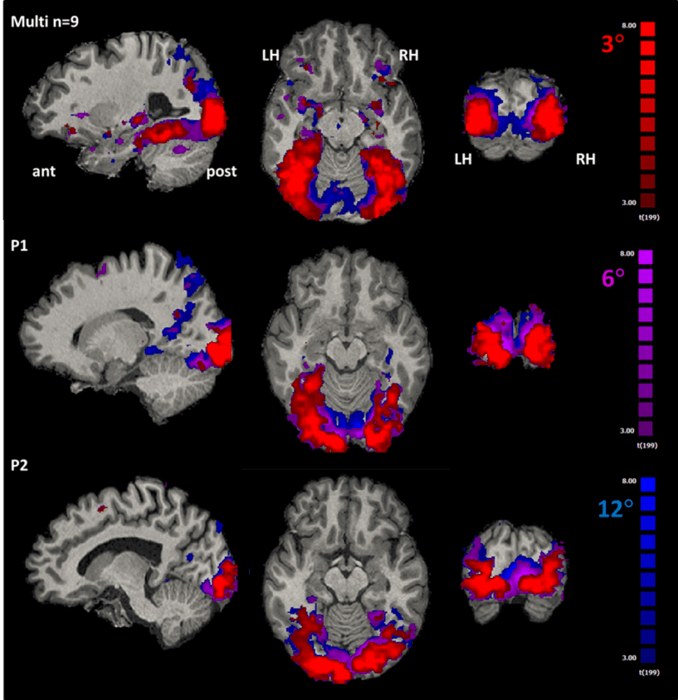It may be wise to invest in giant index cards when studying for that next exam. As it turns out, size matters when it comes to visual memory. The larger an image is, the more likely we are to remember it, according to a new study out of Bar-Ilan University in Israel.
What causes an image to be remembered has long remained a mystery, particularly when no conscious or active effort is made to memorize it. While the specific mechanisms were unknown, the size of an image was often dismissed as a potential factor in this process, since the human brain is able to comprehend any image regardless of size.
But the fact that the visual system utilizes a greater amount of resources when comprehending larger images than smaller ones led researchers to wonder whether this greater output increased the chances of an image being remembered.
“In areas of the brain that represent the retinal image, more resources will be directed to processing large images than to processing small images because the processing is determined by the area of the retina that the image stimulates,” said lead author Dr. Sharon Gilaie-Dota in a statement.

To test this hypothesis, a total of 182 subjects participated in seven different experiments for this study. Given the study aimed to test incidental memory in naturalistic settings, subjects were initially unaware they’d be performing memory tasks for the experiment. They were then shown a number of static images a single time, each of varying size and resolution.
Overall, participants were 1.5 times more likely to remember a larger image than a smaller one, according to the study. The results were consistent throughout the study, regardless of image set, presentation order, screen resolution, image scaling at test, or the amount of information.
The resolution of an image played no role in the likelihood it would be remembered. Even larger, blurry images were better remembered than smaller images with better visual quality. Additionally, when participants were shown the same image in both a small and large format, they consistently remembered the larger one more often than the small one.
These findings suggest that smart devices, such as phones or tablets, may cause a diminished quality of learning when used. While the convenience of smart devices can’t be denied, the use of larger screens and devices may be better suited for educational purposes, according to researchers.

“It is possible that even in dynamic images, such as videos, greater vision resources will be directed towards processing videos on large vs. small screens and, therefore, videos on the large screen will likely be better remembered,” said Dr. Gilaie-Dota.
The results of this study could have widespread implications, leading to a better understanding of how memories are formed. Researchers believe further studies are necessary, though, to determine just how large a role size plays in visual memory.
This study is published in the journal Proceedings of the National Academy of Sciences.
Article written by Adam Swierk












